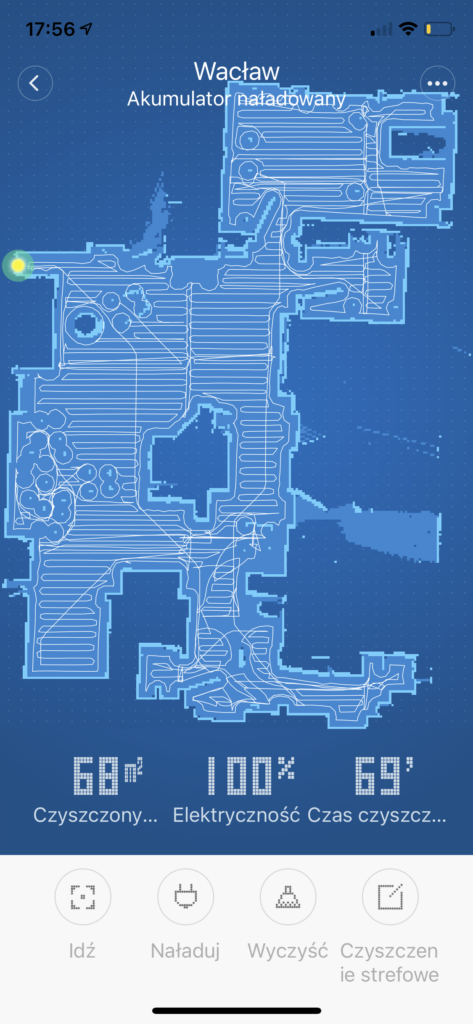Marta Bartnicka, triggered by Ewa Dacko
In the spring of 2022, we – Ewa Dacko and Marta Bartnicka – started a new workshop on testing localization. The workshop premiered on test:fest in Wrocław, with participants being QA practitioners, „the real testers” who wanted to learn how to test localization. Then, with exactly the same exercises, the training was held on Translating Europe Workshop in Warszawa for students of applied linguistics who wanted to learn testing as another skill in their translation and localization portfolio.
Note: So far, our workshop has been held in Polish, however you can have a sneak peak: download the localization testing checklist in English.
Running the workshop twice has inspired me to draw some conclusions about how QA approach the testing of localization vs. how linguists do it. Spoiler alert: there will be no clear answer as to who are the ultimate best testers, but rather observations about the strengths of the two groups.
QAs, or „the real testers taught about localization,” are better at finding all issues and documenting them one by one. On a screen with multiple localization bugs, they will find every missing dot, every misaligned button and the smallest text inconsistency, and will report them as separate issues – often, and for good reasons, also attempting to correct the source. They need more training when it comes to proposing solutions – i.e. how to fix translation (given the source as non-changeable at this point) and how to search across source/translated text for the phrases they see on screens.
Linguists, or „translators trained to test,” are better at proposing solutions – especially translation fixes, because they know how translations are done (including the hard job of dealing with fragmented content in localization). Linguists also know that terminology has to be set for the project and there’s often no „ultimately correct term,” but rather what’s the standard of the given industry, client or project. They need more training in terms of coming from „all wrong in this screen” to detailed report of what’s wrong and how to fix it.
Both groups have the great advantage of native speakers immersed in the local culture – they know the locale standard and its practical application, plus the nuances of culturally appropriate voice and tone, as well as de facto standards imposed by big providers of localized content like Microsoft or Google.
Example: Testing UI of a robotic cleaner, Polish version (left) with English as reference (right)


What QAs point out first:
- The title („Akumulator naładowany”) is not consistent with the label of % charging („Elektryczność”)
- The labels at the bottom of the blue area can be shortened – even in English – to expose the most important information („Cleaning” is implicit by the function of this whole device), and then they become easier to translate short: „Area,” „Battery,” „Time” -> „Obszar,” „Bateria,” „Czas”
- The icons at the bottom of the screen are placed differently in Polish vs. English, and the last label is weirdly cut in the middle of a word „Czyszczen ie strefowe”
What linguists point out first:
- What is the chosen Polish term for „battery” in this device? Should it be „akumulator” or „bateria”?
- Shorten Polish labels at the bottom of the blue area: „Obszar,” „Ładowanie,” „Czas”
- Shorten Polish labels at the bottom of the screen, so that they fit within one line as English (this should fix both the placement of icons and the truncation of the last label): „Idź,” „Naładuj,” „Wyczyść,” Strefy”
What both groups point out as native speakers / local users:
- Displaying minutes as ’ is understandable but not standard in Poland, „min” is more appropriate
Conclusions
If you want (and have resources) to be serious about location testing, build a team with diversified competencies and use synergies by pairing testers – QA and linguists.
If the resources are limited, then bear in mind the strengths of each group and help the testers you have – either QA or linguists – obtain the skills that they haven’t come with.
And last but not least, ensure that your testers are native speakers with practical knowledge of the culture they test for!
Example: „member view”, when translated explicitly into Polish as „widok członka,” is perceived by Polish users even more … explicitly (as „view of a penis”). Just because 🙂


